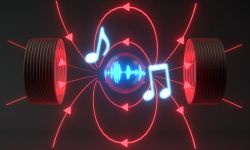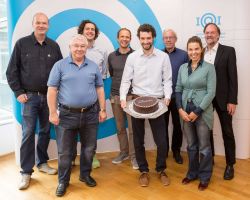
In June Hannes Pichler joined the Institute of Quantum Optics and Quantum Information (IQOQI) in Innsbruck as Junior Research Director and is also Professor at the Department of Theoretical Physics of the University of Innsbruck. Last Friday, the theoretical physicist was officially welcomed at IQOQI.
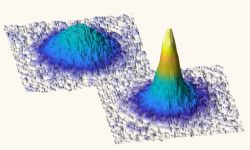
In the laboratory, physicists observe clouds of ultracold atoms in order to virtually dive into the interior of a neutron star or to return to the beginning of the universe. Certain quantum gases exhibit similar physical properties. A team led by Rudolf Grimm has now realized the first collisionally stable and strongly interacting mixed Fermi gas of two elements with different masses. They will use it to observe new superfluid states.
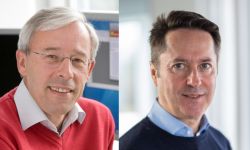
Yesterday, Nature Review Physics honored the beginning of experimental quantum computation 25 years ago. In May 1995, Ignacio Cirac and Peter Zoller published a comprehensive concept for the creation of a quantum computer using trapped ions. The article established a new field of research that has been decisively shaped by Innsbruck quantum physics in recent years.
Read more …25 years ago: The Beginning of the Quantum Computer Era
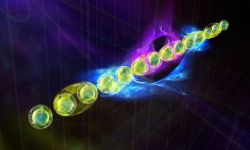
Topological materials attract great interest and may provide the basis for a new era in materials development. In Science Advances, physicists around Andreas Elben, Jinlong Yu, Peter Zoller and Benoit Vermersch now present a new measuring method that allows to identify and characterize so-called topological invariants on various experimental platforms.
Read more …New protocol identifies fascinating quantum states
